A personal approach and flexible ICT solutions help to respond to payment arrears in a timely and effective manner
At the invitation of POM, various drinking water companies, the automatic collection specialist Twikey and the social consultancy firm Purpose came together on Thursday, April 17, to discuss an urgent theme: how do we, as a drinking water sector, respond to payment arrears in a timely and effective manner? Of course, POM himself was also present. After an afternoon of lively conversations, the participants came to an important insight: a lot of knowledge to tackle payment arrears is already there.
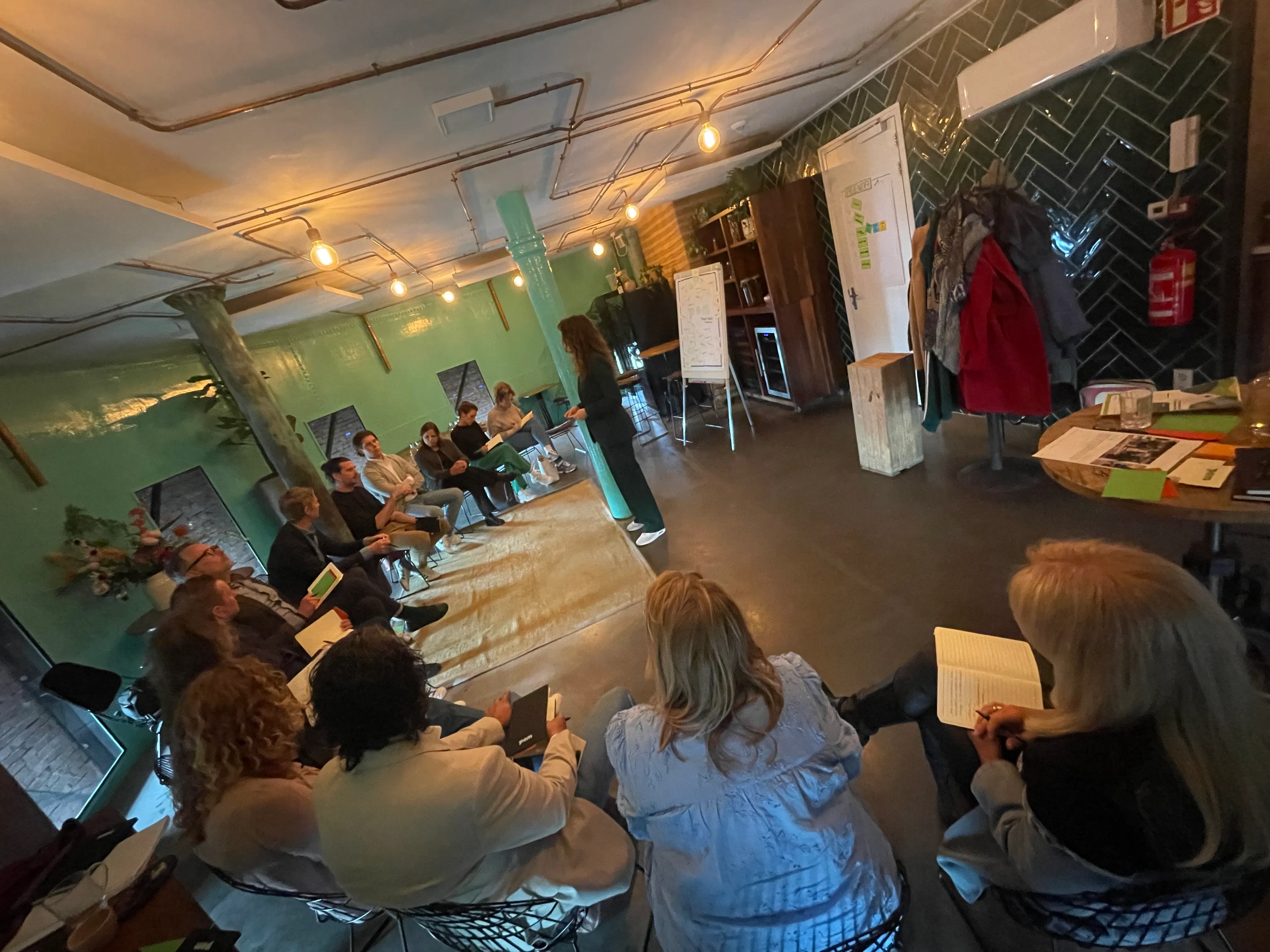
The meeting took place at an appropriate location: the Water Tower in Utrecht. At the site that the former Utrecht Water Company used to use as a water reservoir, representatives from Brabant Water, Evides, PWN, Waternet and WML trickled in one by one this afternoon. Upon arrival, participants were invited to walk to a meeting board. It contained the statements that everyone had submitted beforehand on the themes “The art of being ahead”, “The person behind the account” and “Together with your industry partner”. With green stickers, they were able to indicate which statements, in their opinion, are the most urgent. The statements with the most votes were discussed.
More than fifty percent of late payments can be prevented if you approach customers earlier and in the right way. Are we taking that opportunity too?
Approach personally
The statement that received the most votes on the theme “The art of being ahead” was: “More than fifty percent of payment arrears can be prevented if you approach customers earlier and in the right way. Are we taking that opportunity too? So what's the right way? ' In the conversation that followed, the general picture emerged that more can definitely be done in that area. For example, by knowing who your customers are and then approaching them (more) personally.
Segmentation
The question that arose: how do you do that when you have roughly 600,000 connections? How can you get to know all those customers personally? Segmentation — grouping customers based on common characteristics — is a solution. Modernizing processes using software was also mentioned, as the current software of the water companies is not always suitable for a personal approach.
Flexible collection
The possibility of flexible collection was also raised: when the customer has the means to pay. At PWN, they have already taken a step towards that. Because income does not come to everyone at the same time, customers of this water company can choose between four collection times in a month.
Easily accessible solutions
Other tips for an optimal customer approach: communicating at the B1 level, via multiple channels (multichannel approach) and making better use of regular contact moments - for example the customer acquisition process. Offering easily accessible solutions, such as being able to easily reach a payment arrangement, is also seen as a good tool. Just like referring to social initiatives (debt counseling) and giving customers control over their payment process themselves.
Besides reminding and reminding customers, what additional actions do you take to get customers to pay?
Visiting
The second statement that received a lot of votes: “What additional actions do you do — besides reminding and reminding — to get customers to pay?” There were various reactions to this. Where a number of water companies pick up the phone for calls, send text messages and sometimes someone visits a customer, Brabant Water's field service invariably visits people with payment arrears to start the conversation. An approach that works and reduces the costs of collection agencies.
Warm Refer
It is emphasized that it is important to get in touch with customers with payment arrears. Because why doesn't a customer pay? What other help is needed? The advice is to look more and more broadly at the problem and to refer warmly to the municipality where this customer lives, so that they can contact and offer help (early warning).
What many water companies encounter when it comes to early detection is that they are dealing with several municipalities. And they don't all use the same approach. Where one municipality really works to help people, another only sends a letter. And it is difficult to make separate agreements with each municipality.
What is stopping us from setting up our systems for non-paying customers instead of paying customers?
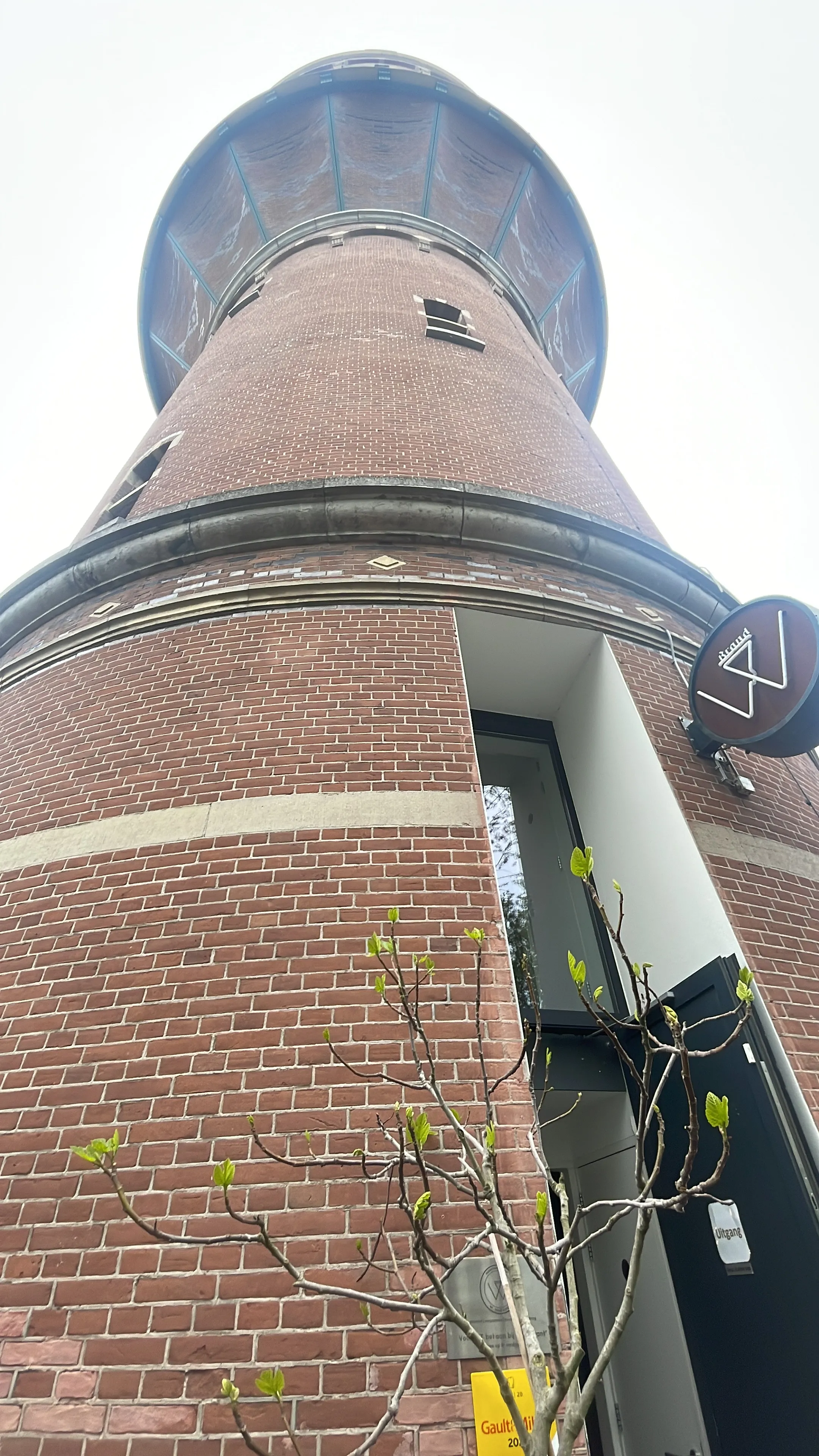
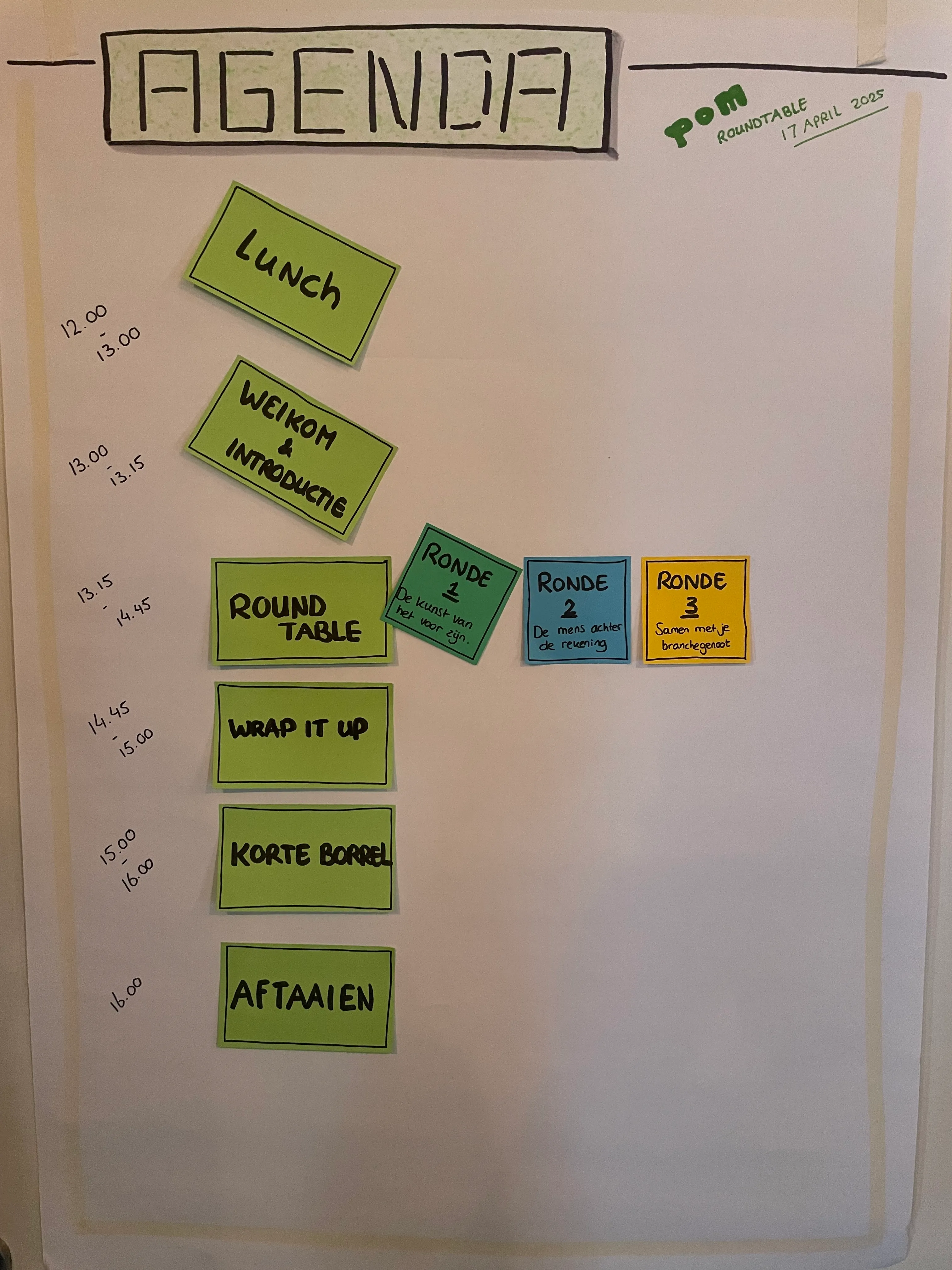
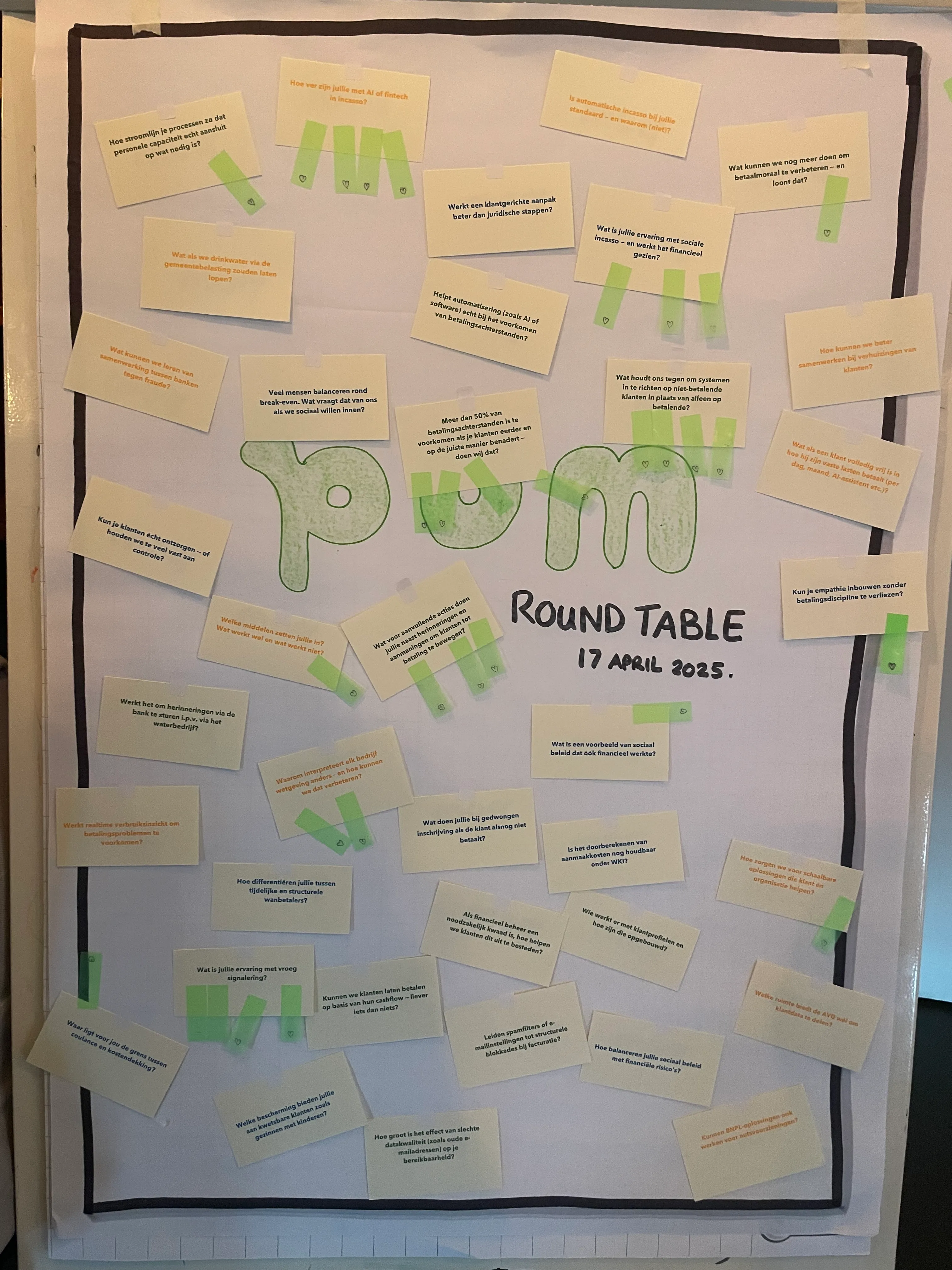


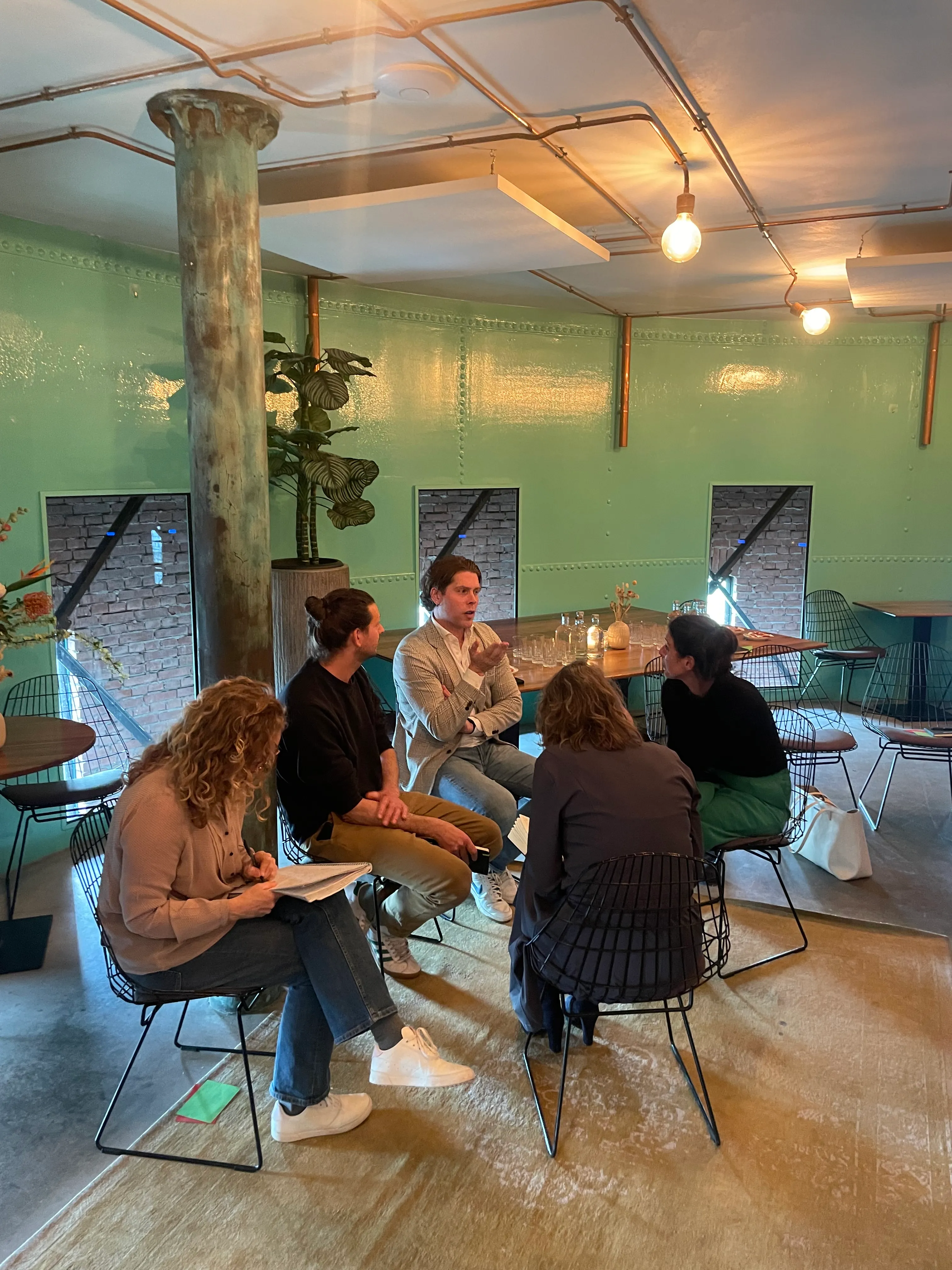
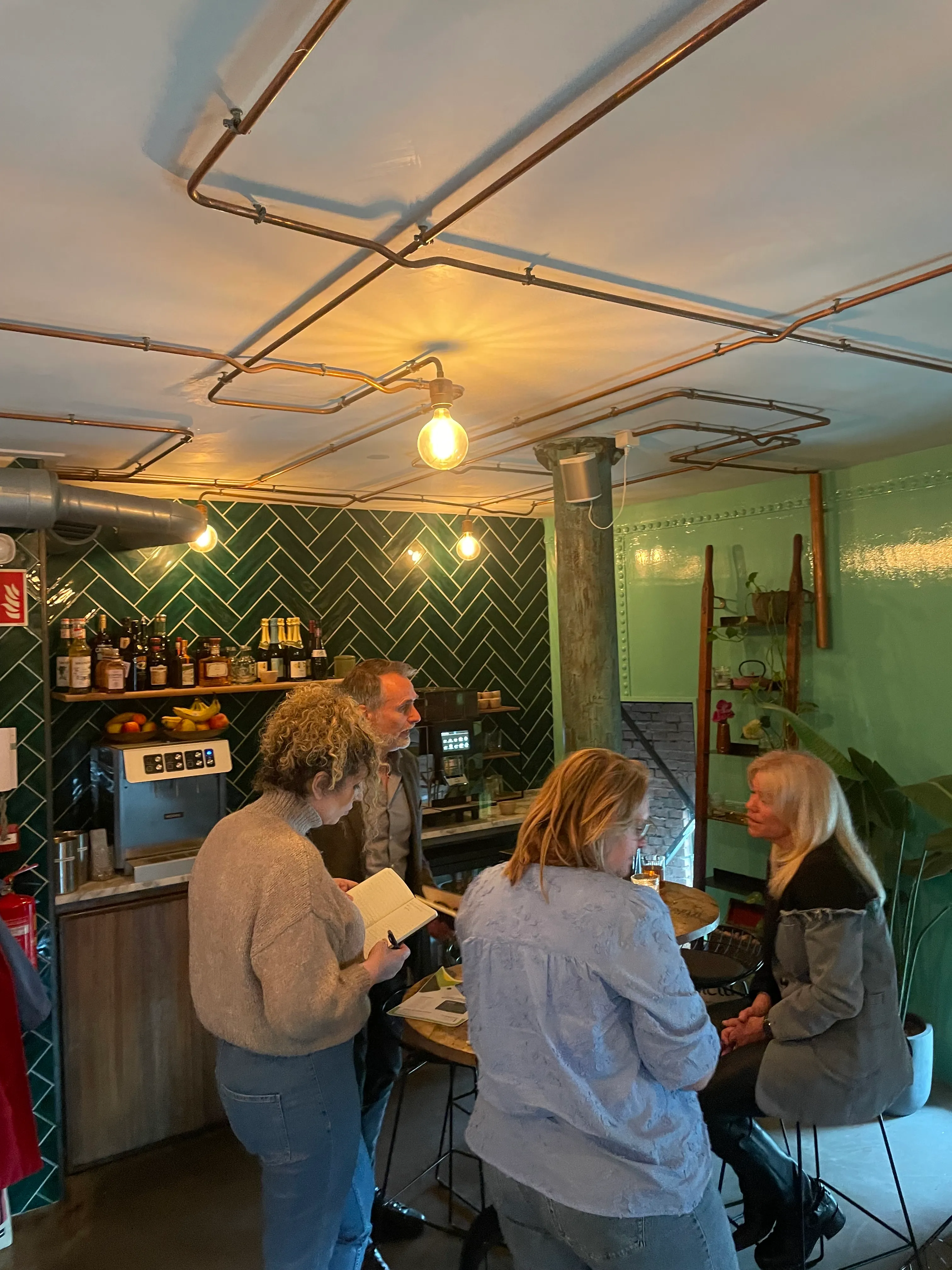
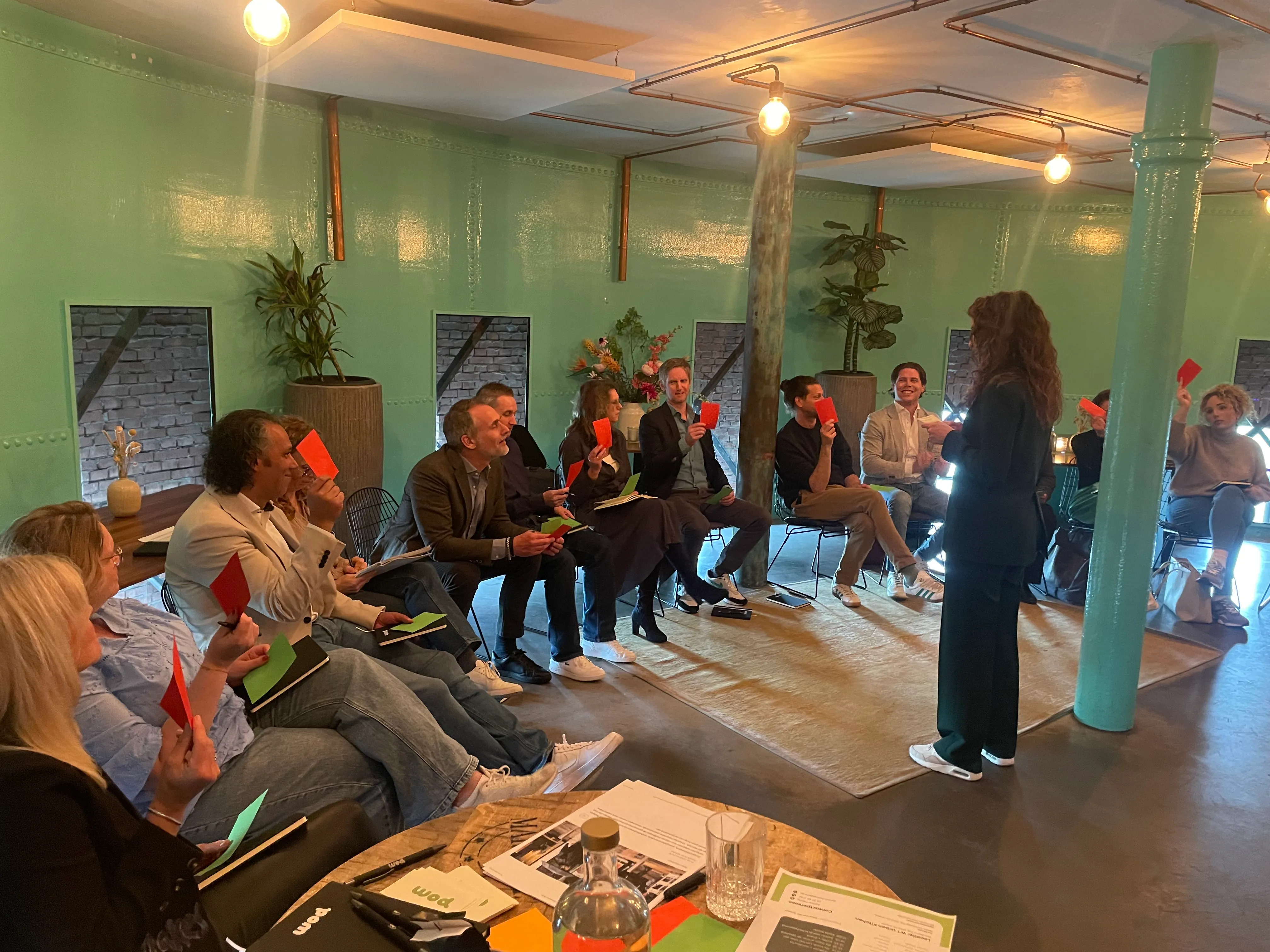
Targeted communication
The third statement that was addressed: “What is stopping us from setting up our systems for non-paying customers instead of paying customers?” It showed that although this is an interesting topic, it is also a topic that is still viewed conservatively: people should just pay, right? Furthermore, this approach requires many changes in ICT for a relatively small group. What is possible, however, is to organize ICT more flexibly. This way, with targeted communication — the right message, at the right time, via the right channel — you can find out the cause of the backlog and help the customer.
If you reject help, you should be able to count less on support later.
The art of seduction
A statement that clearly no one agreed with: “If you reject help, you should be able to count less on support later.” It was discussed that it is human to reject help. Shame plays a major role in this. Most people with debts want to solve it themselves and are not easily helped. But overoptimism also plays a role. And there is a group that has its head in the sand. In order to reach these customers anyway, the water companies could make use of marketing techniques, such as nudging. This is how you tempt people to accept help. For example, by subtly holding up a mirror to them and showing them the benefits of getting help.
Social media
In order to reach customers who are lagging behind, the social media channels of the water companies can also be used. Instead of just posting messages about drinking water treatment, savings or water quality, you can also post about debt collection problems, or where someone with debts can go.
Readable letters
Finally, this statement shows that the bar is high in the system, in terms of technology and language. Letters are often too difficult. The Reading and Writing Foundation has experienced experts who read letters from organizations and assess them for readability for the target group.
If banks can work together to prevent fraud, can't we also put our heads together?
Sharing knowledge and experience
The last statement, which revolved around the willingness to work together, showed that there is certainly a need. Everyone also sees the logic and benefits of sharing successes and experiences: the water companies all run into the same thing when it comes to payment delays. Practical suggestions came immediately, such as sharing superletters, the ideal collection process and the perfect customer journey. The idea was also put forward to create a general debt register for utilities and housing associations. Alternatively, budgets can also be put together to roll out projects together.
Collaborate, now for real
It is clear: all participants are in favour of some form of cooperation. This can be done by setting up a knowledge center or platform, or by meeting a few times a year — possibly virtually — and exchanging knowledge and experiences. The need for this became visible upon departure. A collection of colorful post-its has been glued to the door. The participants wrote on it what they took away from the meeting. One pops out: “Collaborate, for real!”
.webp)

.jpg)